American auto giant General Motors (GM) has expanded its global design studio footprint with the official opening of a new advanced design studio in the UK. To earmark the occasion, GM revealed an advanced design study Chevrolet Corvette concept car developed by the UK team as part of a global design project involving multiple studios that will see additional Corvette concepts revealed throughout 2025. The GM UK Design team undertook this exercise to rethink what a Corvette could be with a true blank-page approach.
The UK studio is led by Julian Thomson, an experienced automotive designer who has worked with some of the industry’s most recognized brands. The new studio employs more than 30 designers and creative team members. It is outfitted for both digital and physical clay model development. The UK design studio is an integral part of GM’s global design footprint that includes studios in Detroit, Los Angeles, Shanghai, and Seoul. This new base will provide insights into European customer and cultural trends.
Follow Double Apex on Instagram and Facebook where we share more car content.
Our advanced design team’s mandate extends well beyond creating production vehicles. While they collaborate within our global design network on production and concept vehicle programs, these teams are primarily tasked with imagining what mobility could look like five, 10, and even 20 years into the future and driving innovation for GM. As part of the Corvette creative study, we asked multiple studios to develop hypercar concepts, which we’ll see more of later this year. It was important that they all pay homage to Corvette’s historic DNA, but each studio brought their own unique creative interpretation to the project. That is exactly what our advanced design studio network is intended to do – push the envelope, challenge convention and imagine what could be
– Michael Simcoe, senior VP of global design
Future Forward
The Corvette nameplate has long been leveraged to introduce experimental cars, concepts and prototypes. Each has pushed the boundaries of automotive design and engineering. Although the company is quick to point out that this is merely a design exercise and is not intended for production. The is unlike any Corvette that has come before, using innovative techniques in the world of aerodymanics and additive construction (ie 3D printing).
“One of the most unusual and significant aspects of our concept’s design is a feature known as Apex Vision,” said Thomson. “A nod to Corvette’s centerline focus, and inspired by the iconic ‘split window’ 1963 Chevrolet Corvette Sting Ray, this feature emphasises a singular vertical central spine that is also a structural element, also providing a panoramic view of the road and surroundings.”
EV Power…?
The exterior design includes a distinctive division between the upper and lower halves of the vehicle. The upper half captures the Corvette’s classic design elements, but in a futuristic manner. The lower half focuses on functional technical design, including EV battery technology embedded into the structure and aerodynamics elements designed to channel air efficiently without the need for wings or spoilers.
The Chevrolet Corvette Concept Car has a race-derived suspension set-up (a la F1). Although you mage have read that snippet about it having EV battery tech. Perhaps this is GM’s way of testing whether its icon can, possibly, be introduced without a V8, for which it is renowned. Other racecar-like tech at play is:
- Fan assistance and active ducting to redirect air over and through the vehicle
- Moveable aero surfaces that reconfigure, dorsal fins deploy and spoiler venting creates aero vectoring to enhance cornering performance
- Sculpted underbody, lowered ride height and fan assistance delivers ground effect

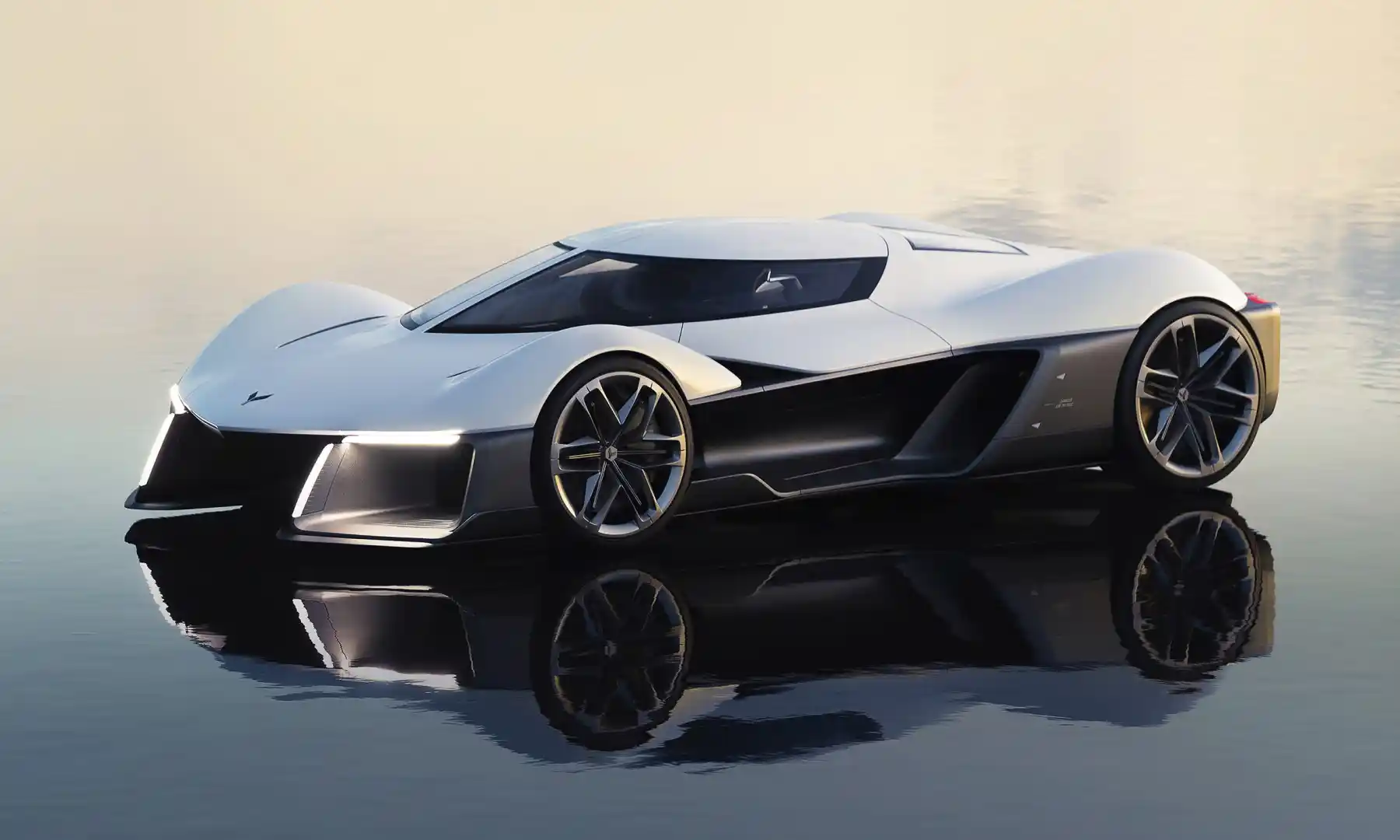
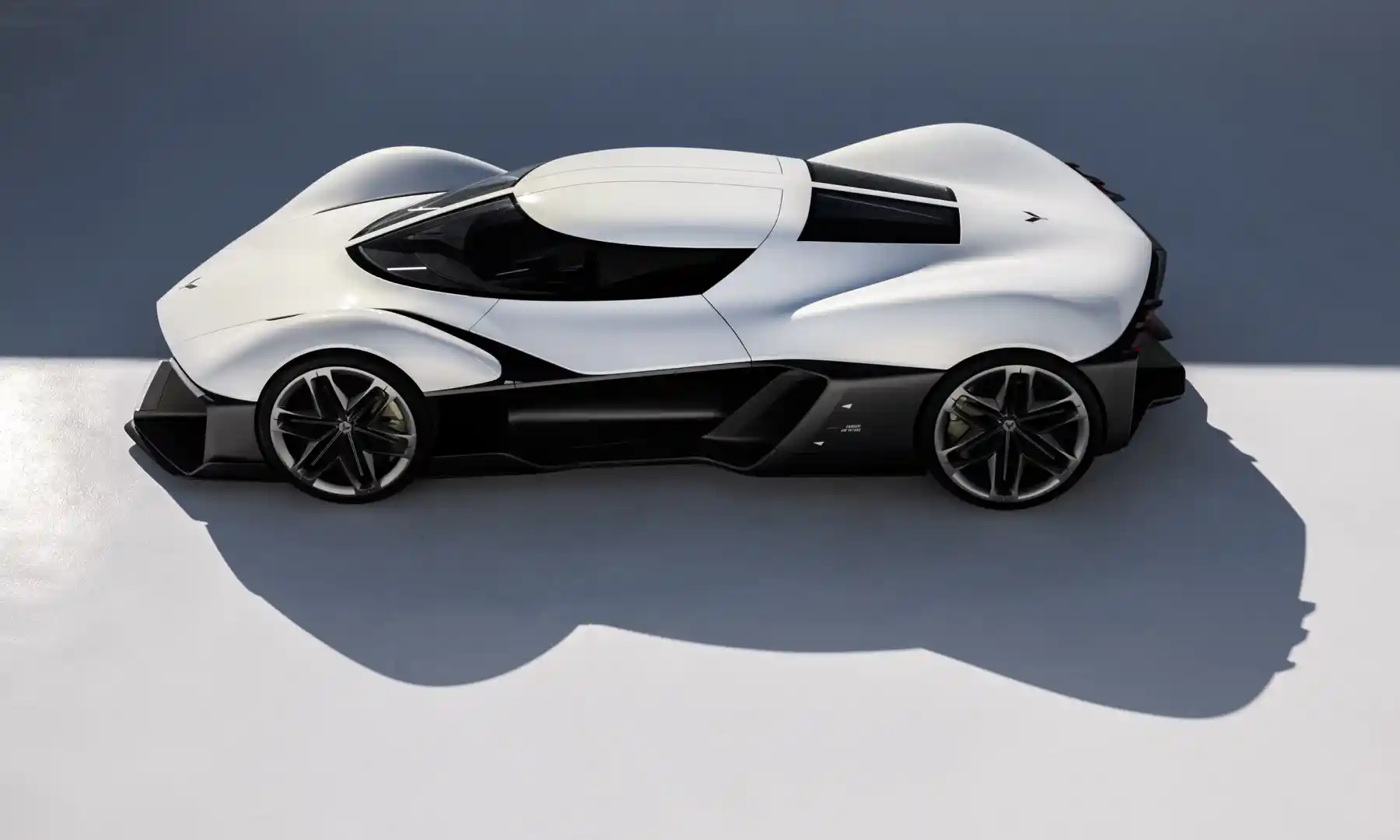
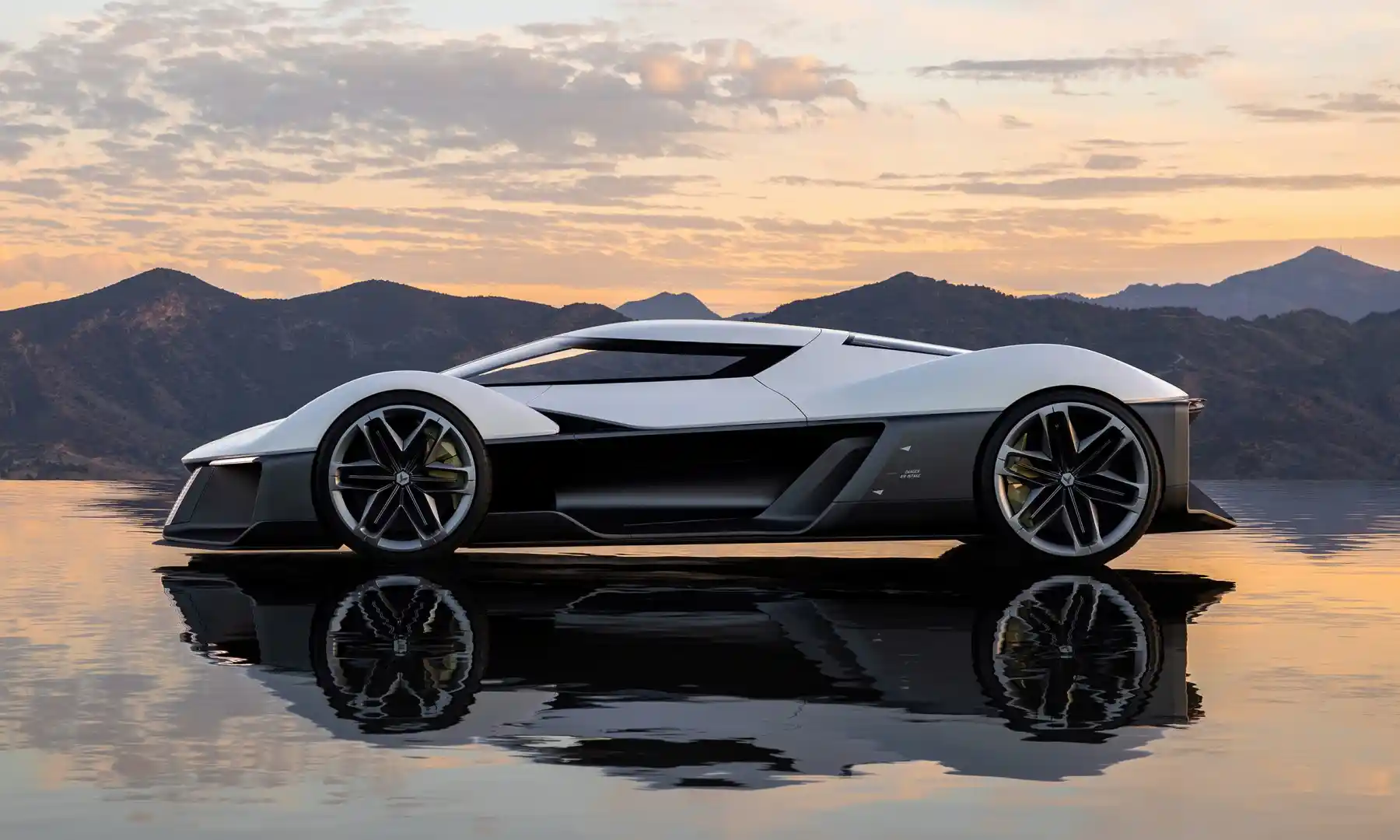
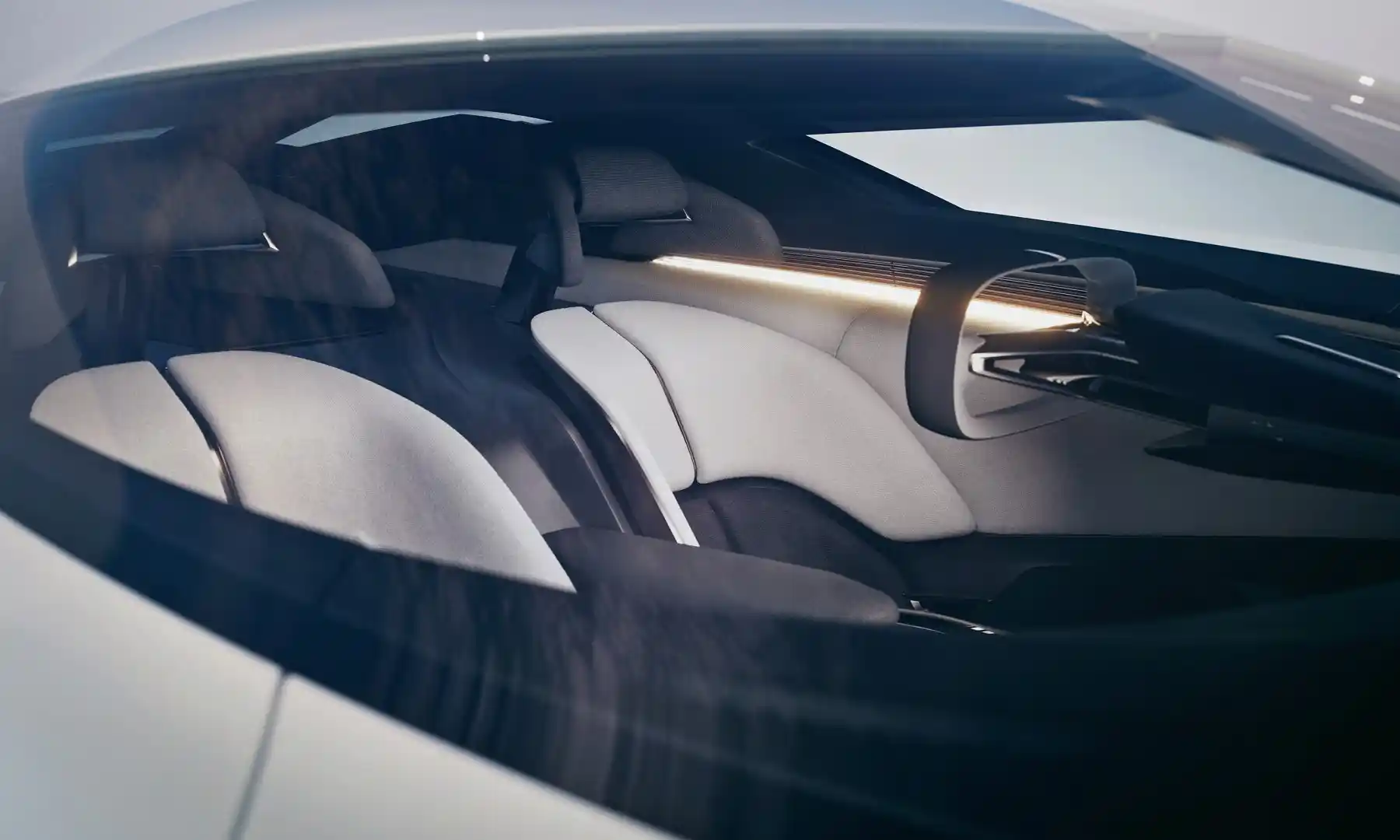
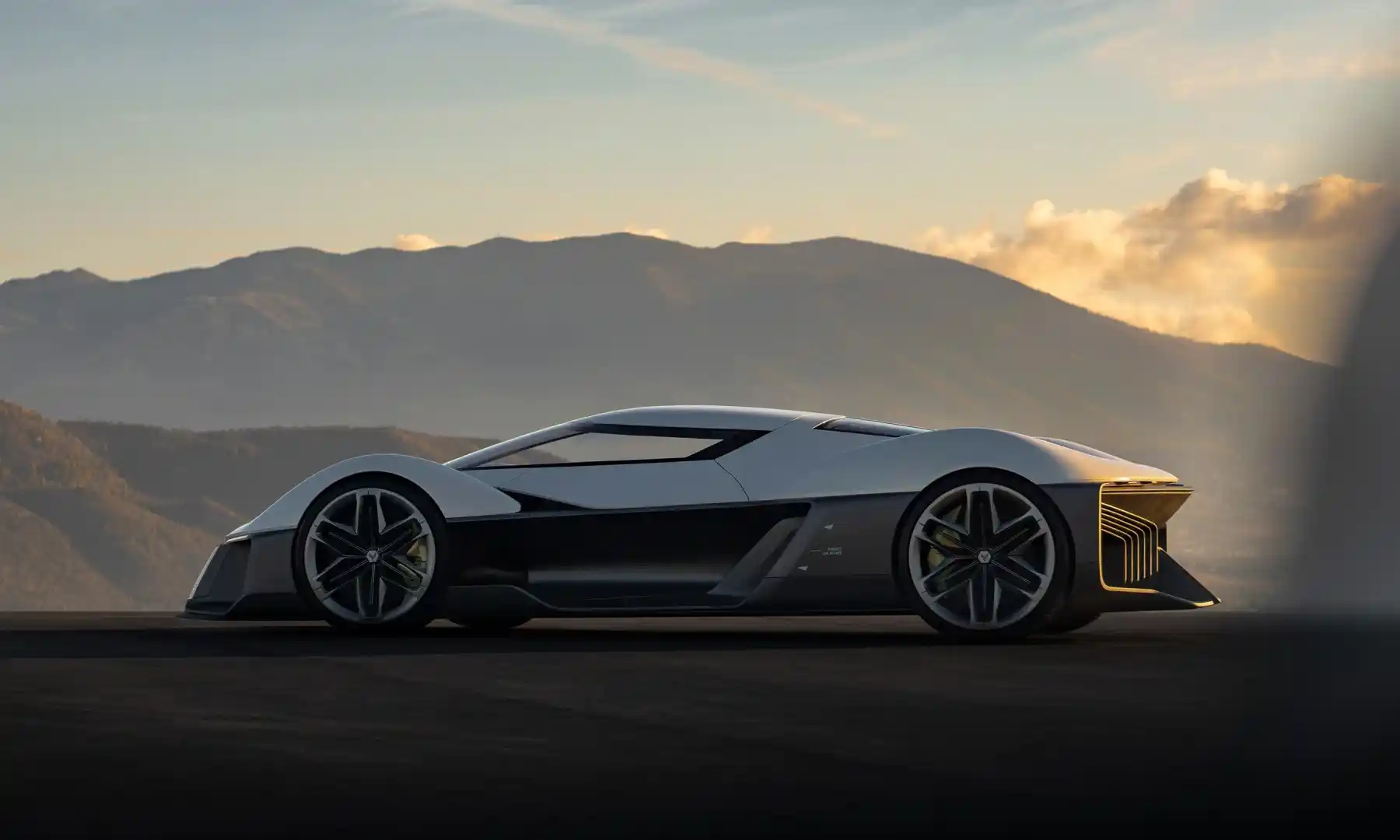
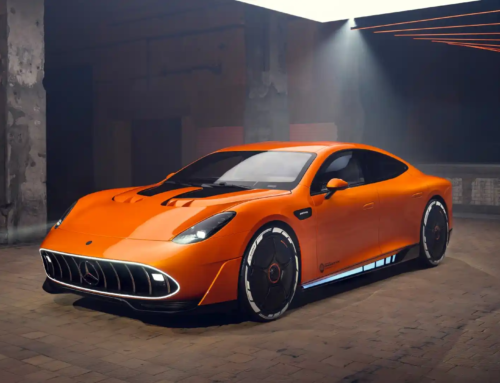
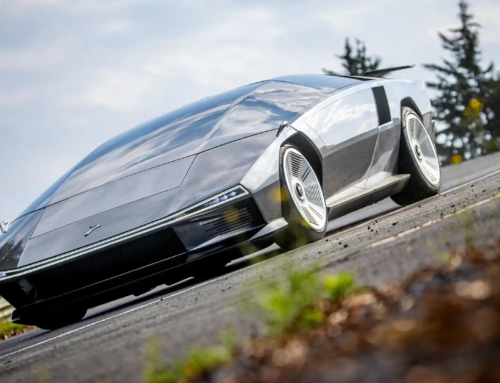
![Chevrolet Corvette ZR1X: An American Hypercar [w/video]](https://doubleapex.co.za/wp-content/uploads/2025/06/Corvette-ZR1X-with-aero-kit-500x383.webp)
![2025 FIA WEC 24 Hours of Le Mans: Race Report and Ramblings [w/video]](https://doubleapex.co.za/wp-content/uploads/2025/06/2025-FIA-WEC-24-Hours-of-Le-Mans-start-500x383.webp)
Leave A Comment